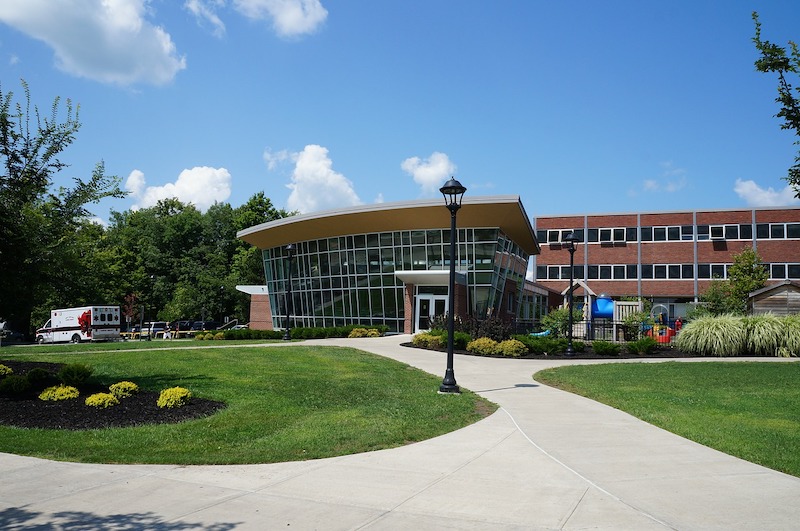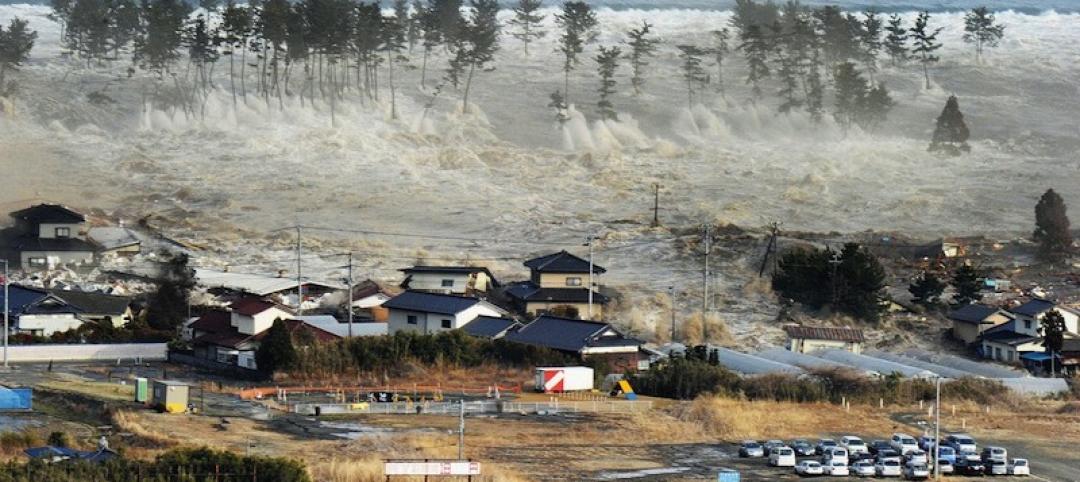The higher education industry faces an infrastructure backlog of $112.3 billion, according to a study by Gordian Partners and APPA, an association of educational facilities professionals.
Public institutions have a backlog of $76.1 billion, and their private counterparts face a $36.2 billion backlog. Broken down by type, the backlog is as follows:
· Research/Doctoral institutions: $40.8 billion
· Masters institutions: $29.5 billion
· Baccalaureate institutions: $14.3 billion
· Associates institutions (2-year/Community Colleges): $27.7 billion
“The findings of our partnership with Gordian this year continue to validate the need for a shift to integrated strategic planning designed to proactively drive institutional decision-making,” said E. Lander Medlin, executive vice president for APPA. “Without strategic investments or divestments, these numbers will continue to grow. Hence, it is critical we change the very way we do business.”
Colleges and universities should undertake “a reconsideration of the physical footprint and current space utilization, a realignment of renewal investments, and an effort to connect building health with smart technologies, and reimagination of the organizations used to serve higher education,” according to a news release.
Related Stories
| Feb 20, 2013
ANSI/CRRC Cool Roof Standard has been approved
The Cool Roof Rating Council says the American National Standards Institute has given final approval of its ANSI/CRRC-1-2012 Standard after a two-year public review process.
| Feb 20, 2013
Group of West Coast civil engineers developing building standards for tsunamis
A group of civil engineers from around the western U.S. is developing additions to the building code to address the threat of a tsunami.
| Feb 20, 2013
Higher standards, efficiency programs keys to 40% energy usage reduction in commercial buildings since 1980
Commercial buildings have seen a drop in their energy intensity of more than 40% since 1980, according to a recent report from Bloomberg New Energy Finance and the Business Council for Sustainable Energy.
| Feb 12, 2013
Higher education institutions providing leadership on sustainability
More than 665 U.S. colleges and universities have publicly committed to pursue net-zero carbon emissions.
| Feb 12, 2013
ASHRAE publishes protocols for performance measurement
ASHRAE has published “Performance Measurement Procedures for Commercial Buildings: Best Practices Guide,” a how-to guide for continuously evaluating and improving the performance of commercial buildings throughout their service life.
| Feb 12, 2013
California resolves ADA inconsistencies with 2013 building code
The recently adopted 2013 California Building Code (CBC) revisions bring the state code in line with the federal Americans With Disabilities Act 2010.
| Feb 12, 2013
Bullitt Foundation says Living Building Challenge can only be met after code change
The 50,000 sf Bullitt Center in Seattle is being constructed to be the greenest, most energy-efficient commercial building in the world, and meet the ambitious goals of the Living Building Challenge.
| Feb 12, 2013
Tilt-Up Concrete Assn. offers technical advice on 2012 International Energy Code
The Tilt-Up Concrete Association (TCA) says it can be a major industry resource in helping designers adhere to the International Energy Conservation Code (IECC).
| Feb 8, 2013
WDMA releases national policy agenda for windows, doors, skylights
Document urges a regulatory stance that will support manufacturing, including favorable building codes and tax policy.
| Feb 6, 2013
Green-roofing bills approved by New Jersey's state Assembly
Two bills that would require installation of green and blue roofs on new government buildings received overwhelming approval from the state Assembly in New Jersey.














